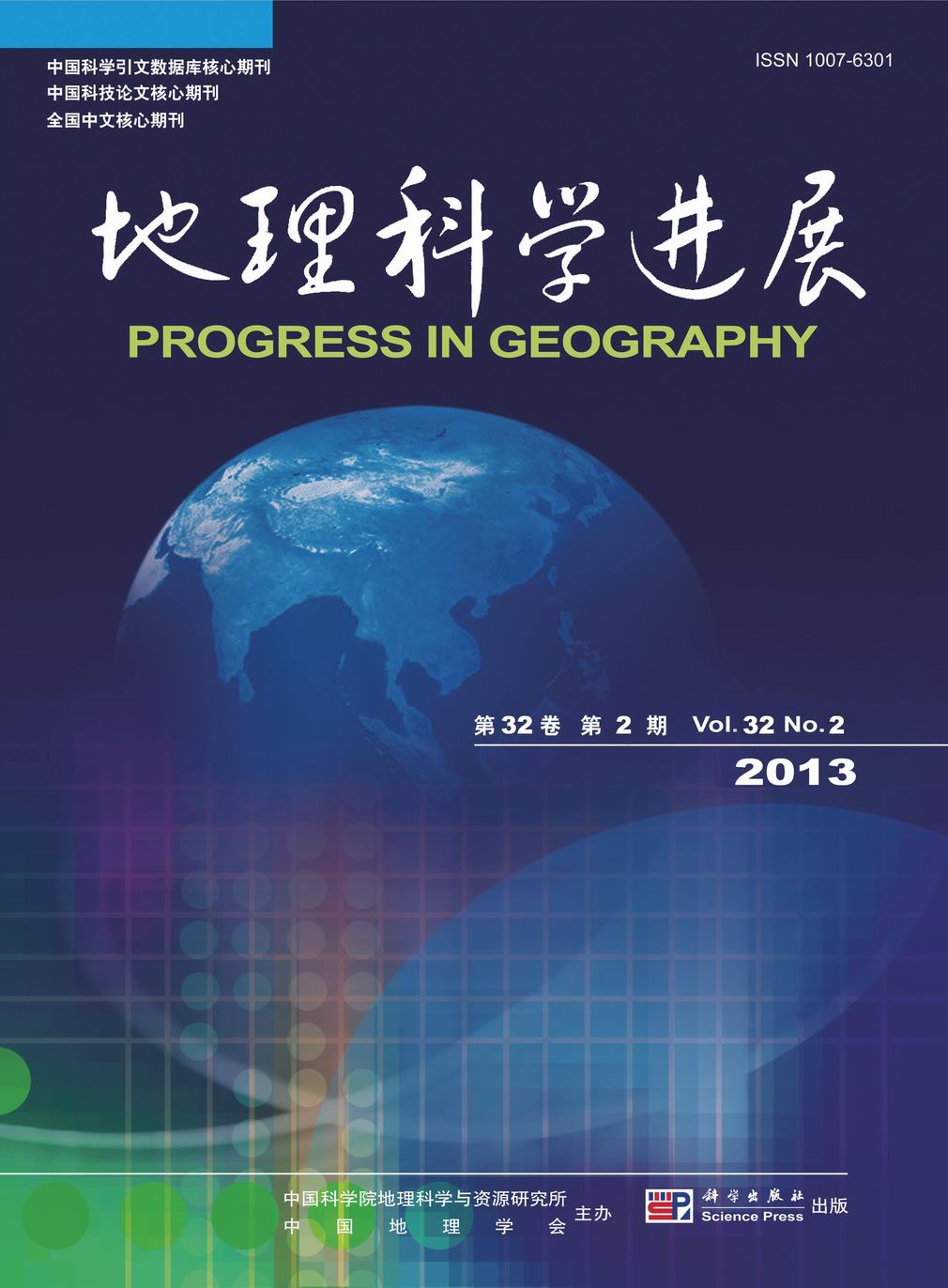Original Articles
LIU Xiaona, FENG Zhiming, JIANG Luguang
Golden Economic Quadrangle Region is located on the borders of China, Laos, Myanmar and Thailand, the only multi-national geo-economic region in the Lancang-Mekong River Basin. With the development of various economic cooperation mechanisms, this region is becoming a hot and vulnerable area of land use and land cover change. The study has found that the current researches on land use and land cover change are relatively scattered and dispersed, lacking of holistic, comprehensive and regional comparative studies. Most data of land use and land cover change classification and mapping are from global and large-scale works, which can’t satisfy the regional research needs from the spatial and temporal perspectives. There have been only few high-resolution regional classifications and mapping studies. The levels of the studies on particular land types, i. e., opium poppy, swidden land, rubber forest, vary. Especially, the remote sensing recognition method and spatial- temporal analysis are inadequate. Pattern and process analysis of land use and land cover change has paid more attention to certain land types, but less attention to integrated and national comparative studies. Studies on driving forces of land use and land cover change are only carried out in small local areas. There are abundant studies on the effects of land use and land cover change on soil environment, but relatively rare on water, atmosphere, and eco-environment. The paper suggests that it is necessary to emphasize on comparative studies in different spatial and temporal scales, expand the research topics, adopt comprehensive methodologies, and at the same time, put more focus on the studies in the border regions and underdeveloped areas. The inter-national comparative studies on land use and land cover change on the borders of China, Laos, Myanmar and Thailand, not only help enrich the basic database of land use and land cover change, but also provide references for sustainable land use and regional development on the borders of the four countries.
